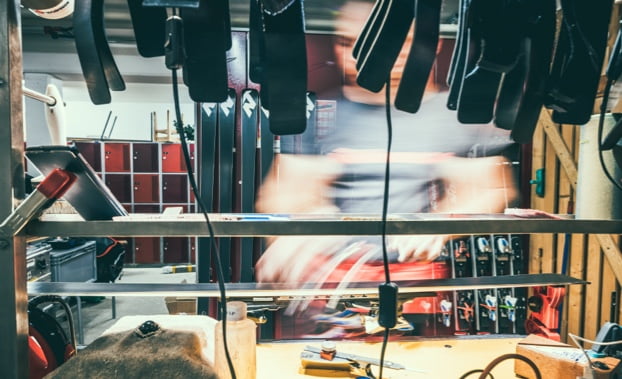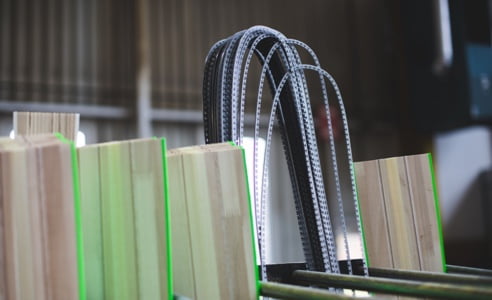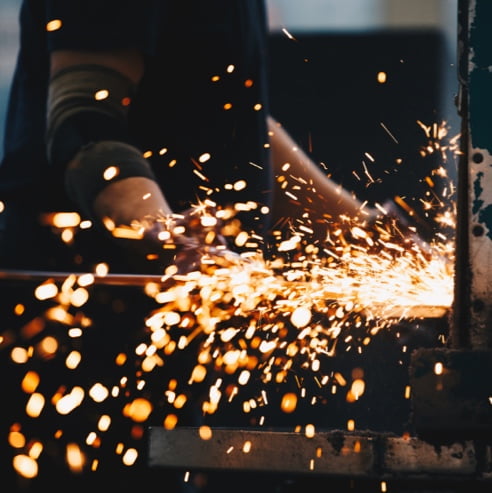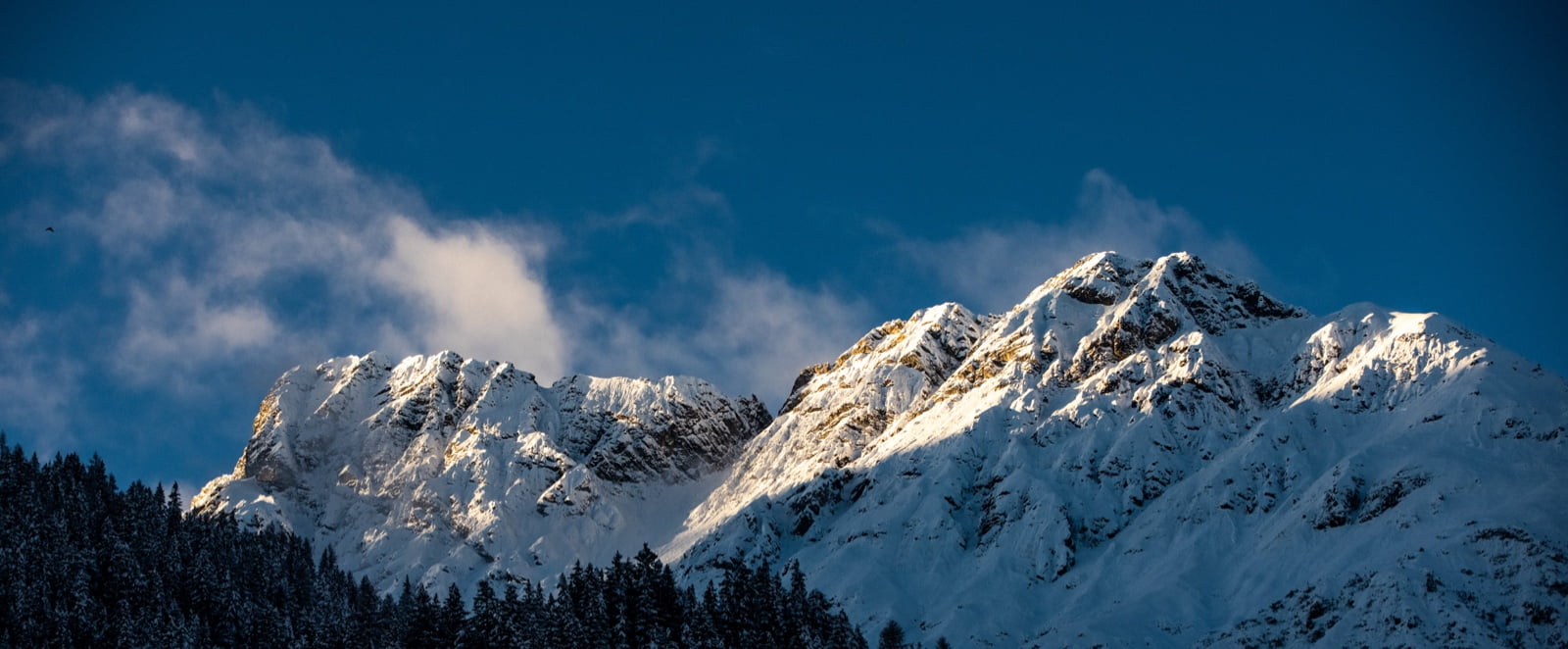Ski Bible
Get Ready To Back On Track!


Winter is just around the corner, we are all excited to get back to life on snow. The excitement is

almost blinding, just like the colorful Christmas lights continuously changing, as if they marked the frantic race against time to find the perfect gift to put under the tree. Just when we start preparing the gifts, trying to recollect all lost tree decorations and Christmas lights rolls, we realize that it’s not our only task. In a nearly remote corner, in the dark, we see our great Nordica skis, covered with a thin layer of dust.

The scorching heat and swimwear, took over, leaving behind our most faithful athletes in the oblivion. The humidity of the basement along the back, just like a shiver that sounds: “I need to get my skis ready for this winter!”.
That striking thought that comes across us, and by its side appears the face of our trusted shopkeeper, who we need to promptly call to review our fireballs. The skis are just like your car: they need the best maintenance to be able to gift you with performing experiences.
Are you late? Do not worry, Nordica Ski Bible is here for this:
unveiling the tricks of the trade to live exciting winters on skis. Discovering secrets and curiosities hidden behind our products, to feed our common passion.
The first step that we will take together will help us better understand the constitutive parts of skis and, in particular, we will identify those that require the most attention before going back on the slopes. Tighten your buckles, and Go!

Ski Base
The Ski base, usually made of polythene, the back surface gets in contact with the snowy mantle and ensures the sliding of the ski. To obtain maximum reduction of friction, the ski bases are engraved with subtle signs, commonly called prints, to enhance the sliding off those water drops that are created between the snow and the ski. It is sufficient to start this practice at the beginning of the season, before getting on skis again. In case your equipment isn’t new, it would be proper to ask your trusted ski service also to level and adjust the ski base, that will flatten on the surface removing any irregularity and imperfection. Another essential element that contributes to the improvement of the smooth sliding of the ski on snow is the (ski) wax. Indeed, the latter is a waxy substance, made of resins and hydrocarbon, and usually additional elements, such as fluorine and other minerals. The fascinating world of ski waxes in numerous categories of typologies, divided by types of compound mix and scopes of use.
Fluorine, for example, improves the performance of skis in conditions of humidity or at high temperatures. A simple criteria to pay attention to, is the temperature of snow, a simple information, but yet effective, to be considered when preparing the skis. Skiing, a sport extremely dependent on situations and influenced by variable climate conditions, often unpredictable, doesn’t allow us to precisely define the time within which we should wax again our equipment. The different types of snow affect the conservation status of the ski base: spring snow, for example, tends to get it dirty more quickly. The abundant snowfalls we all wish for, in this case, allow us to lengthen the efficiency of waxing. Relying on industry experts, capable of evaluating together with you the current conditions, is always the best option.

Edges
In order to find the best synenergy with your own skis before going back on the slopes, it’s necessary to focus on another fundamental aspect: the edges. Edges are made of metal bands, of which the raw form represents the shape of the ski itself, that determine the grip on the ground, guaranteeing stability and balance. This, once molded, is compressed with all constitutive materials of the ski thanks by using a press. Once the production process is over, the edges are visible both from the side and from the lateral edges of the ski base, along its whole surface, creating a 90° angle. These two perspectives are precisely those that help us understand and introduce key concepts to be evaluated during the preparation phase of the edges: the angle and the tuning.
The angle is that side of the edge that is perpendicular to the ground, and its more or less accentuated reduction determines the grip, or edge grip, of the ski. The tuning, instead, is the side parallel to the ground and its use implies the reduction/lowering of the ski edge compared to the flat surface of the ski base. As a consequence, a significant decrease will improve the manoeuvrability of the skis when changing direction, while a more a lighter one reduction favours powerful and expert skiers, with a more aggressive style.
The angle and the tuning will be measured according to angular parameters. The value of tuning is marked by the the negative sign -, in an interval in-between -0,5° and -1,5°; while the angle is usually between 88° and 86°. The arrangement suggested to an intermediate skier to find the perfect compromise between performance, control and fun, suggests an angle of 88°and tuning of -1,0°.
Just like the waxing process of the ski base, also maintenance of the edges doesn’t have pre-set specific time frames and depends on variables such as the type of snow and the level of expertise of the skier, but it results to be slightly easier to check its status, given that once reached the wear and tear, you will start noticing a feeling of instability when on snow.
In both cases, for the waxing process and the review of the edges, the golden rule still applies: it’s good practice ask to an expert ski service, that will suggest you the best procedure to follow.
In addition, a valid technical support will guarantee you also a clean-up of the ski base and of the edges, ensuring a perfectly performing final result . This journey highlights how important it is to take good care of equipment, to preserve its duration in time and live intese and exciting experiences on snow. Remember, at the end of the day, you should always dave a couple of minutes to dry your skis, a simple trick that will simplify the next preparation.
At the end of the season, when it will be time to put back the skis in never ending wait for winter to come, make sure to have them ready once again, so that just a quick check before going back on slopes will be enough.

